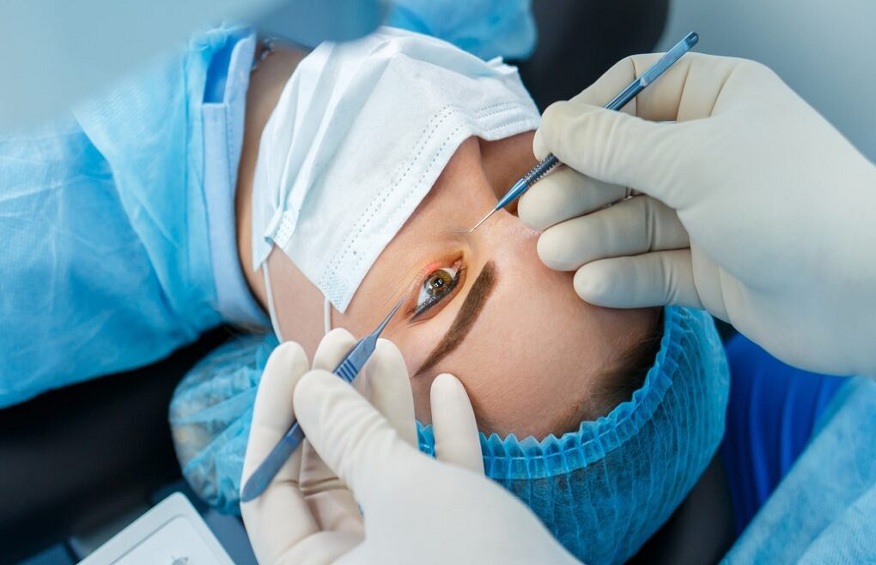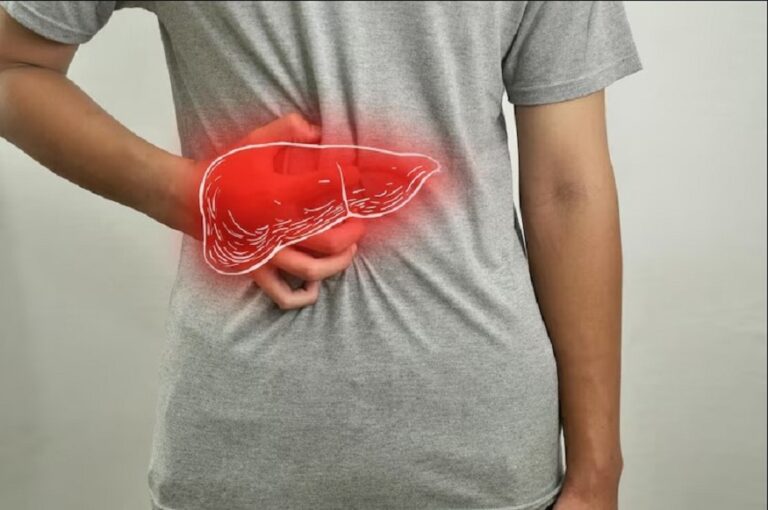The contribution of the Excimer laser in refractive surgery is major:
The Excimer Laser has provided the 2 essential factors that make a refractive surgery technique a reference technique that can be offered when all the operability conditions are met, namely safety and efficiency.
Refractive surgery by Excimer Laser is a safe, reproducible and extremely precise surgery.
How the excimer laser corrects your vision defect
The Excimer laser (contraction of ‘Excited Dimmer’) is a very high-tech device that has been widely used today for nearly 30 years.
The desired goal is to obtain, thanks to the action of the laser, a remodeling of the shape of the cornea in order to adapt its optical power so as
An image thus focused on the retinal plane will be seen clearly.
For example, the image of an object seen by a myope without optical correction is focused in front of the retina, the Excimer laser by flattening the cornea will reduce the convergence power of the cornea so that the perceived image is focused on the retina and therefore will be seen clearly.
On the contrary in the uncorrected farsighted person the image is focused behind the retina, the Excimer laser by increasing the optical power of the cornea of the cornea will allow the focusing of the image on the retinal plane.
Principle of operation of the excimer laser
The Excimer laser emits high power radiation in the Ultra-Violet wavelengths.
The Excimer laser does not cause any tissue burns and has no cutting effect. The Excimer laser acts by vaporization of the tissues thanks to the rupture of the intermolecular bonds, we speak of tissue photoablation.
It is the vaporization of the tissues that will make it possible to reshape the anterior surface of the cornea, either by direct effect in the myope (the laser vaporizes tissue in the center of the cornea so as to flatten the cornea to reduce its optical power), or by indirect effect in the farsighted (the laser will vaporize tissue on the periphery of the cornea which has the effect of making the center of the cornea bulge to increase its refractive power).
The quantity and distribution of laser radiation applied to the cornea is calculated by software in which your surgeon enters all the data necessary for the intervention.
The treatment algorithm chosen by the surgeon will determine the form of the photoablation, the number of spots, their distribution.
The Excimer laser in the early years of its design delivered a full beam directly focused on the area of the cornea to be treated, today we use flying spot technology, multiple spots of very small sizes will scan the area of the cornea to be treated, thus allowing treatment without tissue heating.
Excimer laser at the Clinique de la Vision Montpellier: Treatment algorithms
The distribution of the laser spots is done according to an algorithm chosen by the surgeon, adapted to the parameters collected during the preoperative assessment.
Each Laser has its own algorithms.
At the Clinique de la Vision Montpellier, we use the latest generation laser .
This Laser allows you to choose different types of algorithms which are:
ZYOPTIX HD: Personalized treatment according to the measurements of the patient’s preoperative aberrometry and which aims to minimize the pre-existing optical aberrations while minimizing the optical aberrations induced by aspherical profile.
ZYOPTIX HD ECO Mode: identical to the previous one while sparing ablated tissue which can be useful when it is necessary to achieve tissue sparing (thin cornea, significant refractive defect)
PROSCAN Aspherical: Treatment in aspherical mode which aims to keep the prolate shape of the cornea, therefore to minimize the optical aberrations induced by the laser treatment. This treatment is personalized according to the values measured preoperatively of the patient’s keratometry and Q factor.
PROSCAN ECO Mode: Non-aspheric conventional treatment, used in case of desired tissue saving
SUPRACOR: Specific treatment mode for presbyopia associated or not with myopia or hypermetropia, with the possibility of varying the intensity of the central bump and therefore the amount of near vision correction according to the .Strong modes, with the possibility of varying the profile between the 2 eyes to ensure a continuum of vision. It is also possible to program a negative refractive target to further improve near vision according to the principle of micro monovision.













+ There are no comments
Add yours